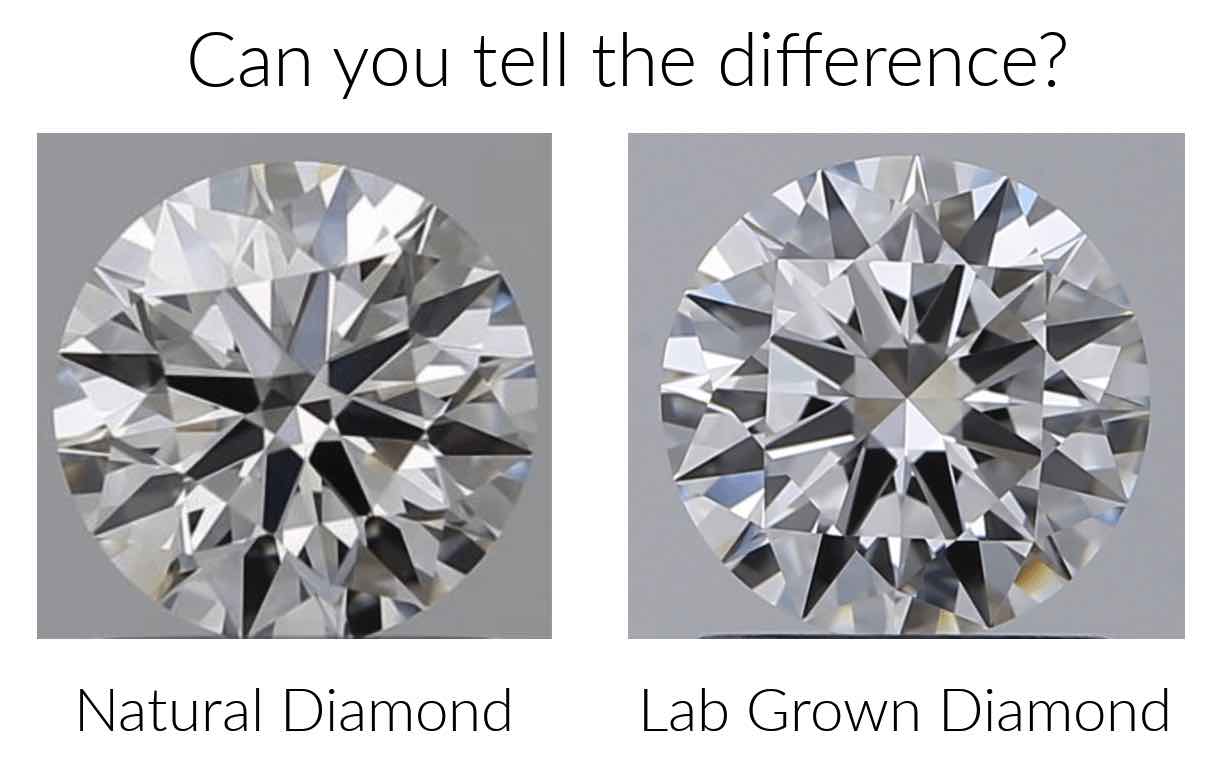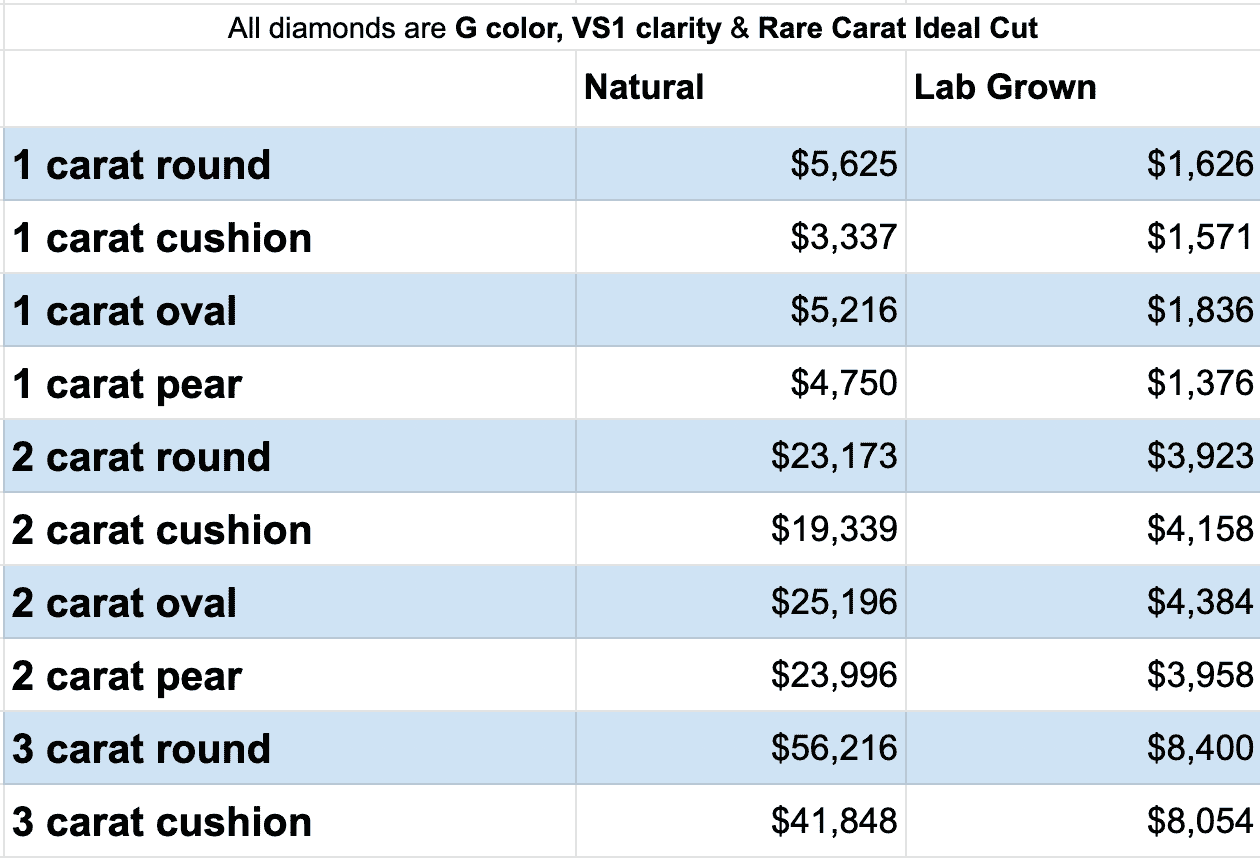Calibration management is critical to maintaining high standards in various industries, ensuring that instruments and equipment function accurately and reliably. This process involves regularly checking and adjusting the performance of tools and machines to ensure they meet the required specifications and standards.
Understanding Calibration Management
Calibration is comparing a device's output with a standard or known measurement to understand any deviation. For instance, if a scale is calibrated, it is checked against a standard weight to ensure its readings are accurate. Calibration management, then, is the systematic approach to managing this process across all the tools and equipment in an organization.
Why is Calibration Management Important?
- Accuracy and Quality Control: In industries like manufacturing, pharmaceuticals, and aerospace, precision is paramount. Even a small measurement error can lead to significant issues, such as product defects or safety hazards. Calibration ensures measurements are accurate, which is essential for maintaining quality.
- Compliance with Standards: Many industries are governed by strict regulations that require regular calibration of equipment. Failure to comply can result in legal issues, fines, and damage to reputation.
- Consistency: Regular calibration helps maintain consistency in production processes. This consistency is vital for businesses that need to ensure that their products meet the same quality standards over time.
- Cost Efficiency: Detecting and correcting errors early through calibration can save companies from costly repairs and downtime. It also prevents the production of defective products, which can be expensive to rectify.
How is Calibration Management Done?
- Scheduling and Planning: This involves determining how often each piece of equipment needs to be calibrated. The frequency can depend on factors like the equipment's usage rate, the environment it operates in, and manufacturer recommendations.
- Calibration Process: Trained technicians perform the calibration using standardized procedures. They compare the equipment's output with a known standard, adjusting it as necessary to ensure accuracy.
- Record Keeping: After calibration, detailed records are kept, documenting what was done, when, and by whom. These records are crucial for audits and to track the performance and maintenance of the equipment over time.
- Analysis and Adjustment: Data from calibration records can be analyzed to spot trends like a machine consistently drifting from its calibration. This analysis can inform maintenance schedules and even equipment replacement decisions.
Tools Used in Calibration Management
- Calibration Software: This software helps manage the calibration process by keeping track of schedules, records, and maintenance needs. It can also provide reminders for upcoming calibrations.
- Standardized Instruments: These are the reference devices used in calibration, known for their high degree of accuracy.
- Calibration Labels and Tags: These are used to mark equipment with the date of the last calibration and the due date for the next one.
Challenges in Calibration Management
- Keeping Up with Technology: As equipment and standards evolve, staying updated with the latest calibration techniques and tools can be challenging.
- Training and Expertise: Effective calibration requires skilled personnel. Ensuring that staff are adequately trained and knowledgeable is crucial.
- Balancing Cost and Accuracy: While precision is necessary, it can be expensive. Companies must balance the need for accuracy with cost considerations.
Conclusion
Calibration management is an essential but often overlooked aspect of quality control in various industries. It ensures the accuracy and reliability of equipment, helping companies maintain high standards, comply with regulations, and operate efficiently. Businesses can significantly enhance their operations and product quality by understanding its importance and implementing a robust calibration management system.

